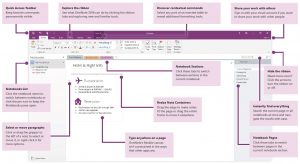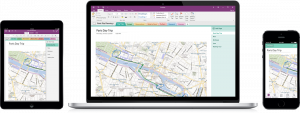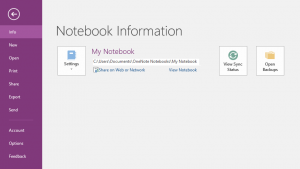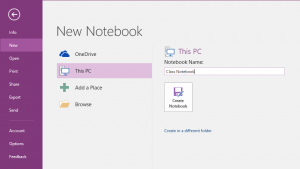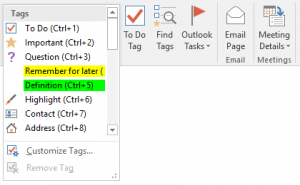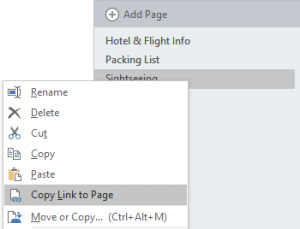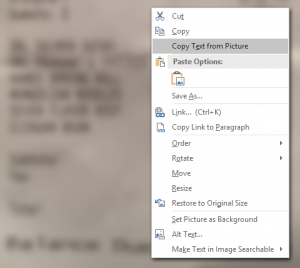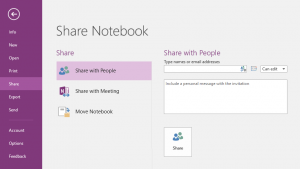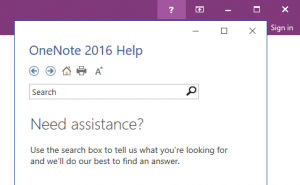New to OneNote 2016 or upgrading from a previous version? Use this guide to learn the basics.
Access your notes anywhere
What good are notes, plans, and ideas if they’re trapped on a hard drive? Keep your notebooks available to you by signing in with your free Microsoft account when you first start OneNote on your PC.
There’s even a free OneNote app for all of your preferred devices to stay in sync wherever you go.
Save your work automatically
OneNote automatically saves all of your changes as you work — so you never have to. Even when you close the app or your PC goes to sleep, your notes are always saved, so you can continue right where you left off.
To see when OneNote last synced your changes, click File > Info > View Sync Status.
Never run out of paper
OneNote doesn’t have any of the limitations of a traditional paper notebook. When you run out of room, you can just make more.
To create a new page in the current section, click the (+) Add Page button at the top of the page tabs column. You can also right-click any page tab and then click New Page, or press Ctrl+N on your keyboard.
To create a new section in the current notebook, click the small tab with the plus sign [+] to the right of the section tab bar, or right-click any section tab and then click New Section.
When you first launch OneNote, a default notebook with a Quick Notes section is created for you, but you can easily create any number of additional notebooks for the subjects and projects you want by clicking File > New.
You can create new notebooks on your local hard drive, or you can store them on your free OneDrive account so your notes are always accessible on all your devices. The choice is yours!
Tag selected notes
The Tags gallery on the Home tab lets you visually prioritize or categorize selected notes. Tagged notes are marked with icons that prompt you to follow up on your important action items or to check off completed tasks on your to-do lists.
Create wiki-style hyperlinks
Turn your notebook into a functional wiki by creating links to specific sections or pages. Right-click the tab of the section or page that the link should point to. Next, click Copy Link to Section or Copy Link to Page, and then paste the link wherever you want it.
Organize information in tables
Whenever a spreadsheet is overkill, use simple OneNote tables to make sense of information. Start on a new line of text by typing a word, phrase, or number, and then press the Tab key to create the next column. Press Enter to create a new row. Alternately, you can click Insert > Table on the ribbon to draw a table.
Once your table is created and selected, use the commands on the Table Tools tab on the ribbon, or right-click any part of your table for the same Table options.
Copy text from pictures
OneNote can recognize text in pictures. On any page, insert a picture containing legible text (for example, a cell phone photo of a receipt), right-click the picture, click Copy Text from Picture, and then paste the copied text where you want it.
Share your work with others
In OneNote, your cloud-based notebooks remain private unless you choose to invite other people to view or edit information in the current notebook.
To begin collaborating with others, click File > Share, and then choose what you want to do.
Get help with OneNote
